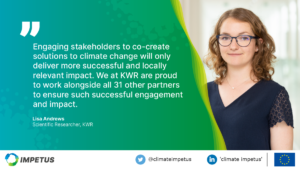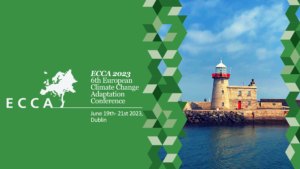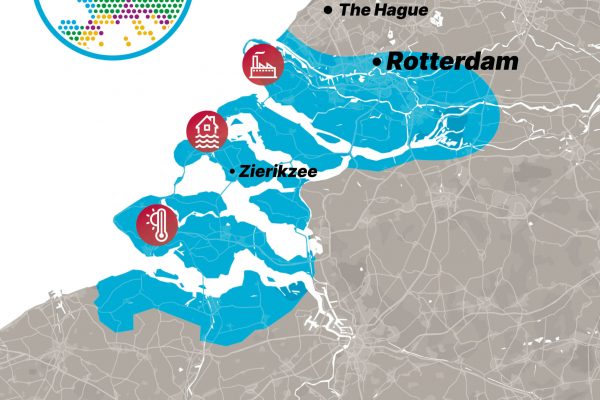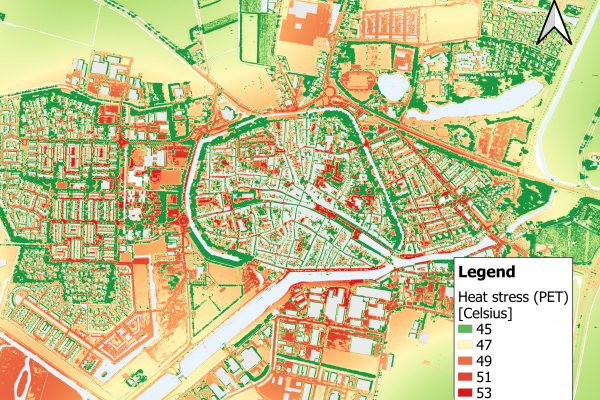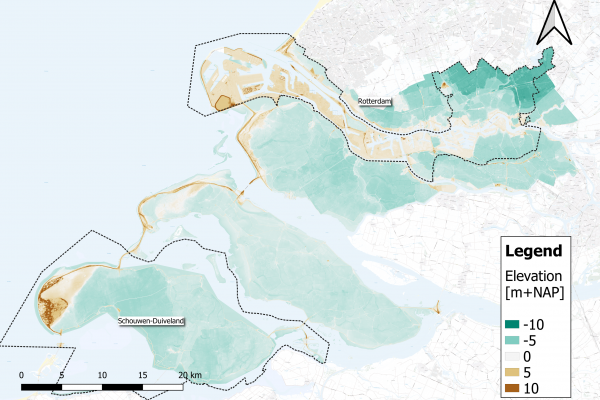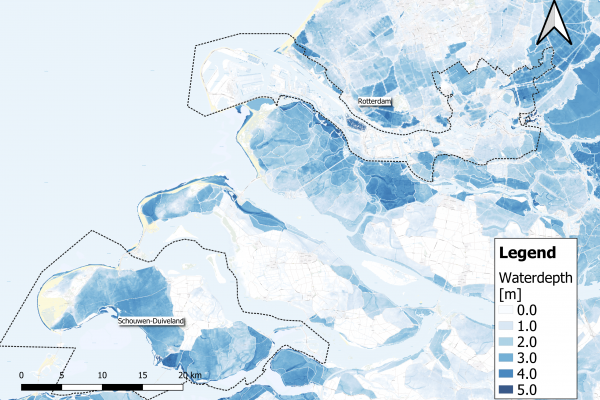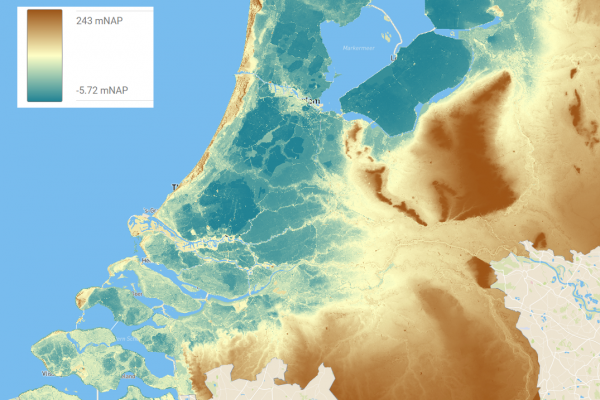
Prognosis
9,600,000 inhabitants and tourists annualy. Behavioural change among millions of inhabitants and visitors is needed: a pattern of increasing social and economic conflict demands transformative adaptation solutions and effective communication.
Situation
Climate related issues

Drought and heatwaves
In the Attica region as temperatures rise and rainfall patterns become less predictable, water scarcity and drought is the most urgent climate risk resulting in more frequent and more intense heatwaves.
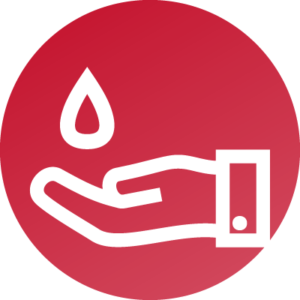
Water supply and quality
In Attica, due to the impact of climate change, the water supply system may be affected resulting also in water quality deterioration.
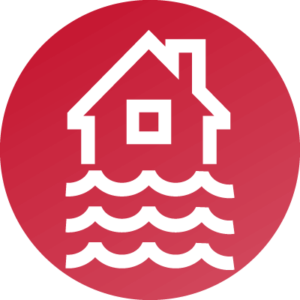
Flash flooding
The increase of flash floods in Attica in recent years both in terms of frequency, and in terms of their adverse effects, are probably due to changes in land cover and land use due to construction and urbanization and, of course, climate change.
Contact us
Klio Monokrousou
National Technical University Of Athens
kmonokrousou[@]gmail.com
Events
News
Resources
Key actions
In the Attica Demonstration Site several activites are implemented:
Energy Autonomous Sewer Mining Unit:
- Constructed in Markopoulo, Attica.
- Demonstrates converting waste into a resource.
- Increases the area’s resilience to climate change.
Controlled Environmental Agriculture Solution:
- Developed in a Greenhouse facility in Spata, Attica.
- Optimizes resource use (water, energy, fertilizers) through a smart tool for facility operators.
Online Biodiversity Monitoring Service:
- Covers the entire Attica region.
- Monitors biodiversity continuously.
- Offers restoration strategies based on existing biodiversity and ecosystem services.
Digital Twin Development:
- Visualizes interventions, tools, and modeling results in real-time.
- Enhances the maturity of installations.
- Increases society’s preparedness for climate change impacts.
- Conducts modeling exercises for wastewater systems, promoting regional circular economy and climate resilience.
Masterplan and Business Plan for Reused Water:
- Focuses on the Mediterranean demo site.
- Utilizes water extracted from the wastewater of the East Attica integrated wastewater system (central facilities and sewer mining units).
Relevant sectors:
Urban
Agricultural
Industrial
Our ambitions
Within IMPETUS, our ambitions are clear:
We aim to scale up the use of research and innovation solutions in systemic ways to trigger the development of agriculture, industry, and tourism, building on existing initiatives. Our goal is to develop regional data-driven platform initiatives to create a digital twin of the region, establishing it as a hub for data and knowledge. We are committed to setting up a regional user-centred Resilience Knowledge Booster (RKB) and linking it with existing innovation and start-up hubs to co-create a regional adaptation pathway.
We strive to bring together local and regional communities of practice, engaging stakeholders in the co-creation and co-ownership of solutions, technological and policy pathways, and portfolios. By implementing and testing selected innovations in key systems and leveraging the EAWS, we aim to create innovation demonstrations throughout the region. We will use immersive storytelling and knowledge networks to enhance open innovation and data-driven policy-making, catalysed by the digital twin and the RKB.
Our efforts pave the way for significant medium-to-longer-term investments committed to supporting the adaptation pathway. We seek to foster large-scale citizen engagement based on diversity and social inclusion, which are key to adaptation and sustainability. We envision the adoption of the IMPETUS adaptation pathway by authorities and the formal engagement of competent authorities in keeping plans up to date. Finally, we aim to facilitate the creation of new ‘green’ businesses around climate change innovations.
- Introductory meetings with stakeholders
- Design tools with stakeholder inputs (e.g. workshops)
- Develop the tools
- Public exhibition at Watersnoodmuseum (flood risk)
- Test tools and gather feedback
- Launch tools (event)
- Public engagement (event)
- Apply tools to support decision makers within in the region
- Share tools and knowledge with other regions facing similar challenges

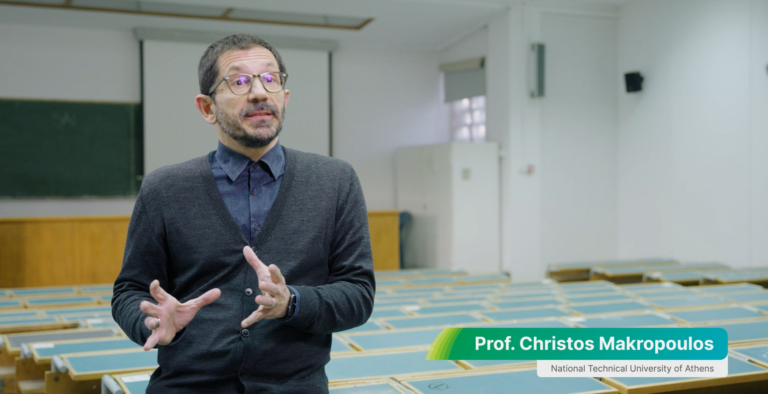
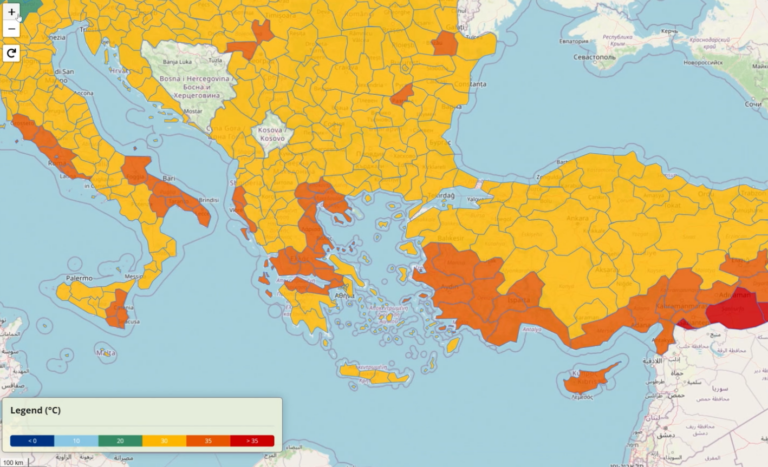
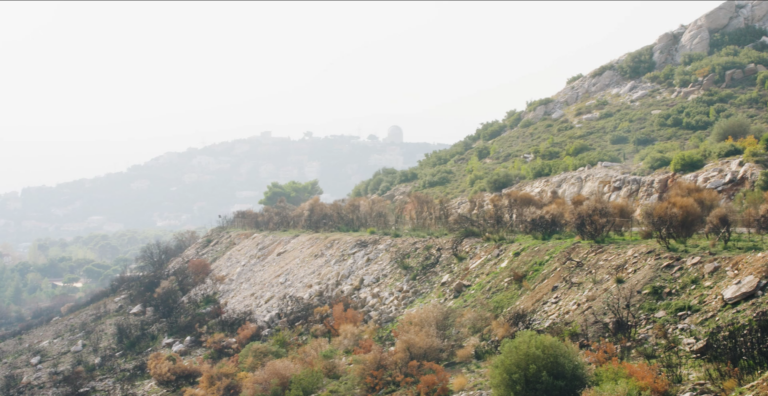
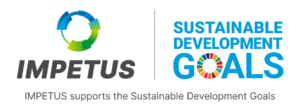
Issues

Drought and heatwaves
- High temperatures and reduced rainfall have impacted communities and the environment.
- Dramatic increase in use of energy for cooling.
- Reduced air quality.

Water supply and quality
- Conflicting demands for water for agriculture and the environment.
- Increased tourism and recreational use intensifies competing demands.
- Over-use of groundwater increases soil salinity and decreases crop yields, with economic impacts.
Flash flooding
- Flash flooding from irregular rainfall and marine flooding particularly impact densely populated areas.
Test Solutions
Digital Twin for freshwater and marine management
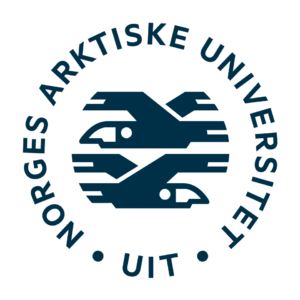


Evaluation of climate change risks is traditionally carried out via the crossing of results from impact modelling under different climate scenarios, vulnerability, and exposure assessment. In most planning conditions the risk assessment is generated from the overlapping of different Geographic Information System (GIS) layers; an effective methodology that is not easy for non-technical people to interpret, however, and is difficult to use in stakeholder co-design processes.
Our approach:
- Demonstrate the potential of integrating state-of-the-art GIS representation of multiple variables with advanced 3D visualisation techniques to generate a 4D (3D+time) digital twin of the territory, making visualisation of risk areas and possible impacts much more effective and user friendly;
- Use the digital twin to bring together data, knowledge, stakeholders and innovators to support design and adoption of adaptation pathways;
- Use the digital twin to foster business innovations for climate change.
This work is linked with:
- Greenathon by the Hellenic Ministry of Environment and Energy
- EU Destination Earth Initiative, DestinE,
- Water Framework Directive,
- Digital Single Market Strategy,
- Netherlands Delta Program,
- Troms & Finnmark County Marine Spatial Planning programme 2021-2024
Sewer mining

Wastewater mined from sewers is treated at point of demand to be used locally for urban irrigation. Recent improvements to the technology were achieved by NTUA and EYDAP to make the unit energy sufficient.
Our approach:
- Demonstrate how sewer mining can expand the reuse of treated wastewater;
- Ensure the EAW System becomes a trusted and widely used re-use water source.
This work is linked with:
- DESSIN
- NextGen
MantisIMS and related online services

Mantis Business Innovation has a suite of tools that allow innovation stakeholders to manage operations such as application submissions and evaluations, incubation and progress tracking, community management and so on. The tools have successfully facilitated more than five innovation programs.
Our approach:
- Integrate the MantisIMS platform as part of the infrastructure linked to the Attica digital twin;
- Provide access through the digital twin and MantisIMS platform to the region’s ‘innovation ecosystem’ of experts and solutions.
This work is linked with:
- Elevate Greece Programme
- AI4Good Challenge Greenathon
Economic impact assessment of physical climate risk

Socio-Economic tools and risk projections enable the assessment of climate risks and the establishment of projections and metrics regarding future investments.
Our approach:
- Identify highly vulnerable hot-spots using open datasets for Copernicus services and satellite-derived variables.
- Transform this knowledge into a specific regional model and include this in the Resilience Knowledge Booster.
- Use the RKB and regional model to elaborate economic assessment metrics to aid decision making about investments and future mitigation plans.
This work is linked with:
- European Investment Bank
- European Central Bank

